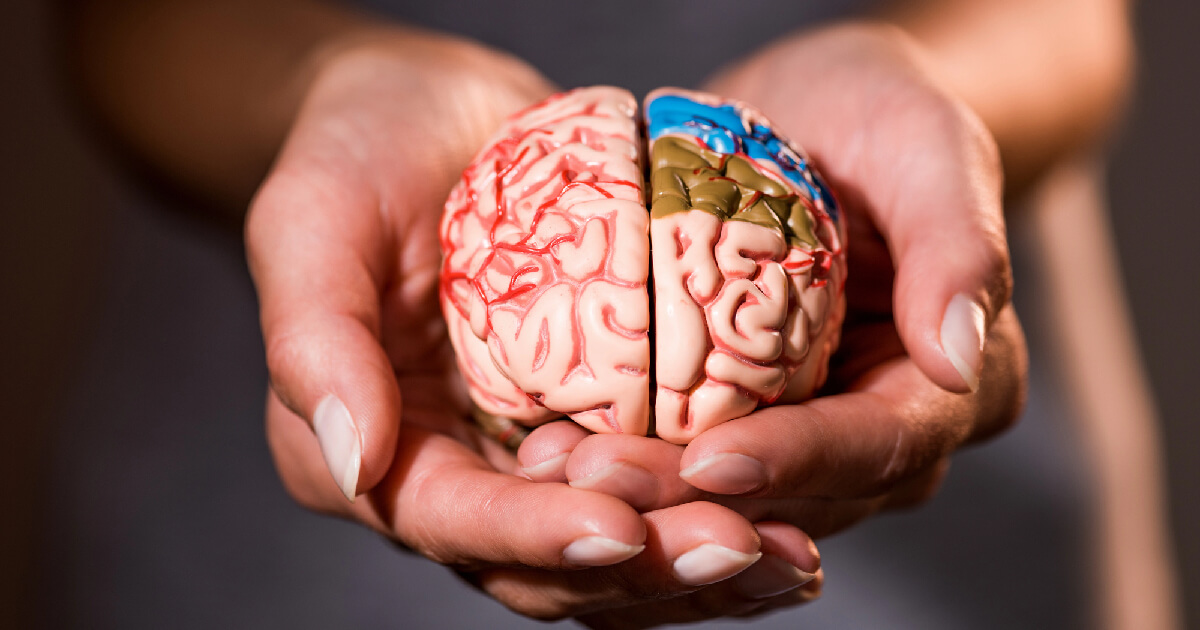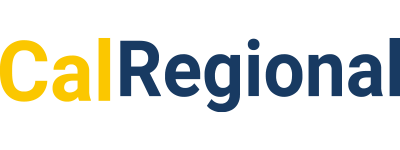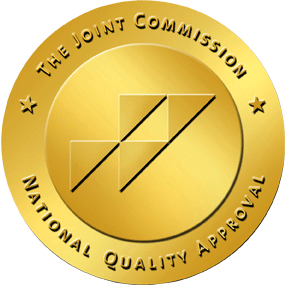The human brain is constantly evaluating our environment for potential benefits and dangers. Much of this process happens beneath our awareness, guiding our decisions, habits, and emotions. At the center of our motivation and pleasure lies the brain’s reward system—a complex network of structures that reinforces behaviors necessary for survival and drives our pursuit of rewards, whether that’s a delicious meal, social connection, or a goal we’ve set for ourselves.
The brain’s reward system also underlies addiction, causing certain behaviors and substances to become compelling—even when they cause harm. Learning how the reward system works can help you better understand the cycle of addiction and why it can be so difficult to break.
Reward System Basics
At the heart of addiction is the brain’s reward system, a network of regions that, under normal circumstances, reinforces behaviors crucial for survival (e.g., eating, social bonding, or finding shelter). Dopamine—the key neurotransmitter in the reward pathway—helps us learn from these rewarding experiences and motivates us to seek them out again.
When we predict or expect a reward, dopaminergic neurons fire, creating a sense of motivation or craving. If the reward meets or exceeds our expectations, dopamine release remains elevated. If the reward fails to meet our expectations, dopamine levels drop. Over time, the brain adjusts dopamine signaling based on whether our predictions about reward are correct. This process guides future choices.
Dopamine “Wanting” vs “Liking”
A common misconception is that dopamine is the “pleasure chemical” that simply makes us feel good. More accurately, dopamine drives the anticipation or wanting of rewards. While dopamine does play a role in pleasure, it’s the release during anticipation that pushes us to repeat behaviors that produce positive outcomes.
In addiction, substances (or behaviors like gambling) flood the brain with higher-than-normal levels of dopamine. This artificial spike creates a powerful drive to seek out that same experience again, effectively hijacking the brain’s built-in motivational system.
The Cycle of Addiction
Substance use disorders take time to develop. The process starts when a person first tries a substance and experiences an intense reward due to dopamine release. The brain then links specific cues, such as people, places, and emotions, to that reward. This creates strong, learned associations. Over time, the brain becomes less sensitive to these dopamine spikes, causing the person to need larger or more frequent doses to feel the same effects.
Without the substance, the person begins to feel physically or psychologically unwell, which further drives continued use to stave off uncomfortable withdrawal symptoms. Environmental triggers, such as seeing a bar or feeling stress, can also spark cravings, making it challenging to resist, even if the person wants to quit.
Eventually, the person’s dopamine system will try to maintain balance after being repeatedly over-stimulated. However, the reaction is to reduce responsiveness to dopamine, meaning there are fewer receptors available and less dopamine being released from everyday activities that should bring joy, such as socializing or eating a good meal.
Long-Term Impact on Decision Making
Addiction doesn’t just affect the areas of the brain responsible for reward and motivation—it also alters the prefrontal cortex, the region involved in impulse control, self-regulation, and decision-making. Diminished functioning in the prefrontal cortex makes it harder to resist temptation and consider long-term consequences, perpetuating the cycle of substance use despite negative outcomes.
Recovery and Rebalancing the Reward System
With the right support, it is possible to recover and rebalance the reward system. However, this process requires time, diligence, and patience. The first step is to reduce or stop substance use so that the brain has time to recalibrate dopamine function. Many substances can be dangerous to quit on your own, so make sure you have the right support. Medical detox provides a safe and supportive setting where you can detox under medical supervision.
Once your body is stable, you can start therapy and counseling to address the psychological components of your substance use. Cognitive behavioral therapy, motivational interviewing, and other techniques can help you identify triggers, cope with cravings, and rebuild healthier habits. For substances like opioids or alcohol, certain medications can help stabilize mood and reduce cravings. Social support, lifestyle changes, and stress management techniques can also help restore the brain’s natural reward balance.
Substance Use Treatment in Santa Rosa, CA
Addiction can be understood as the repeated hijacking of the brain’s reward system. By artificially flooding the system with dopamine, substances and addictive behaviors produce powerful cravings that are difficult to overcome. Over time, the brain down-regulates its response to pleasurable stimuli, making it even harder to enjoy normal life experiences. The good news is that recovery is possible—through treatment, support, and lifestyle adjustments. To start the recovery process, contact Pura Vida Recovery at 1-707-879-8432.





